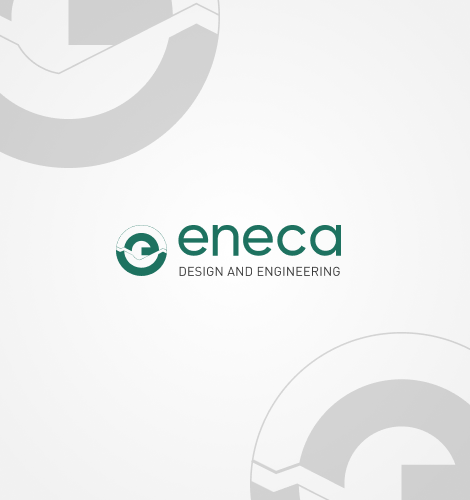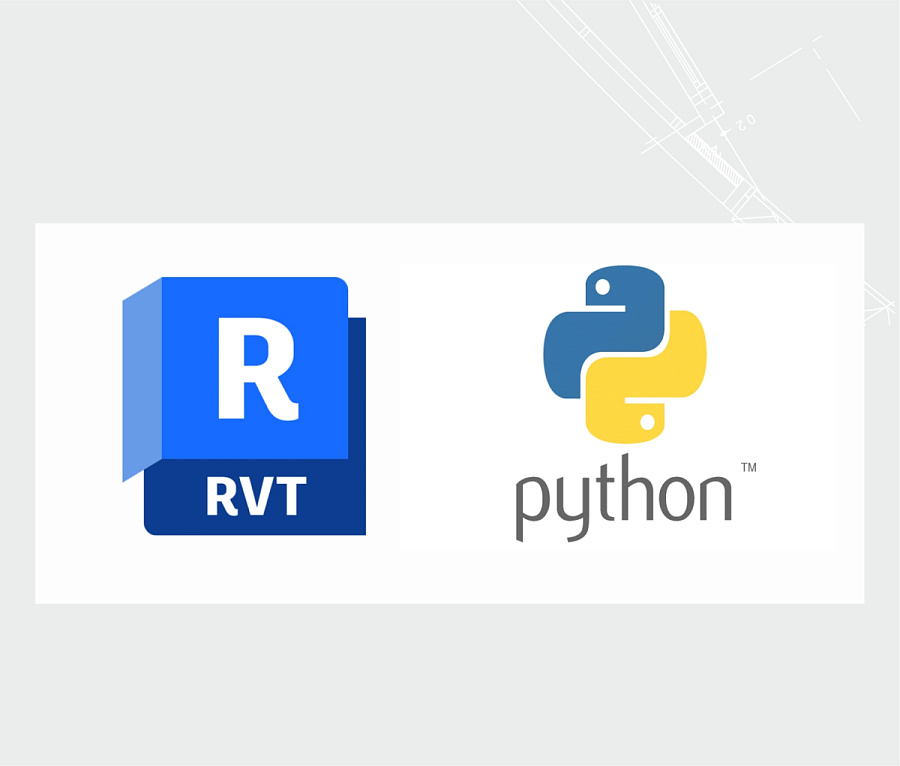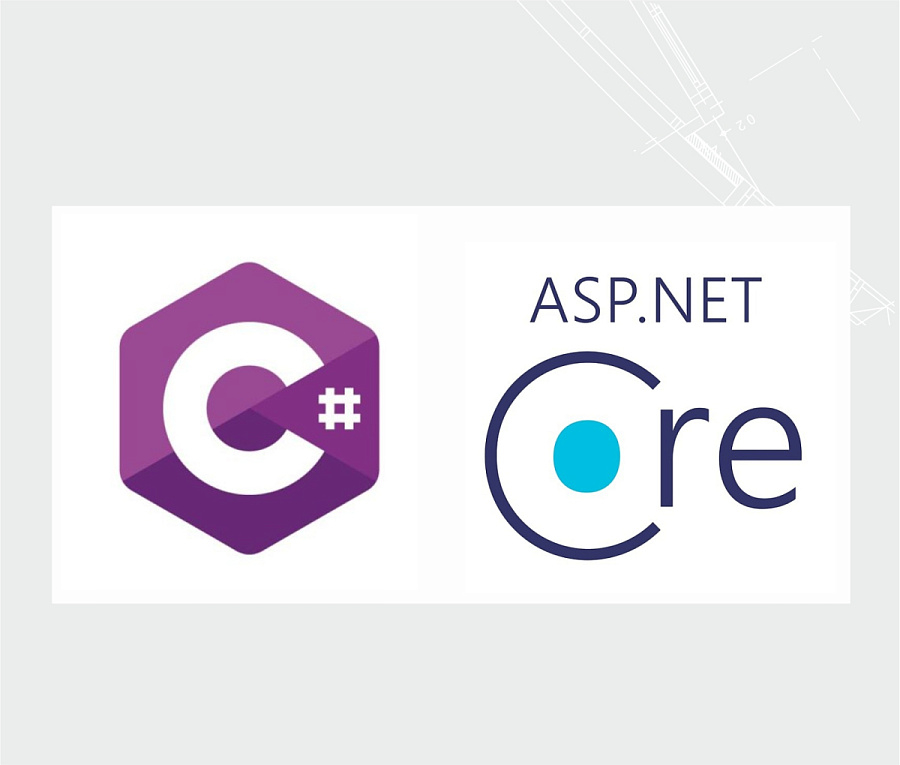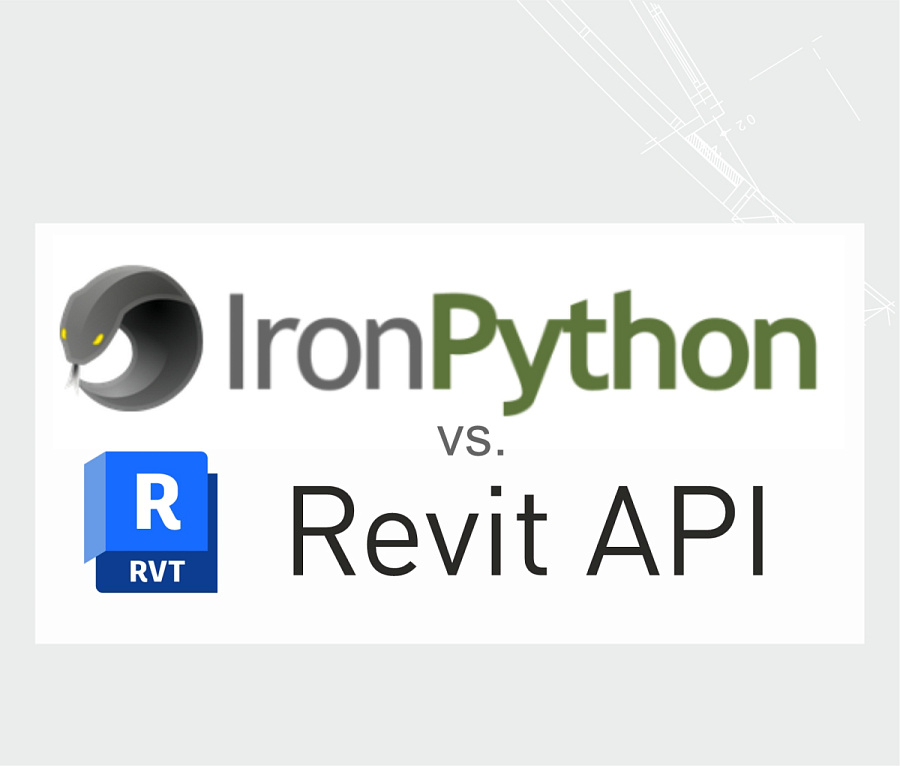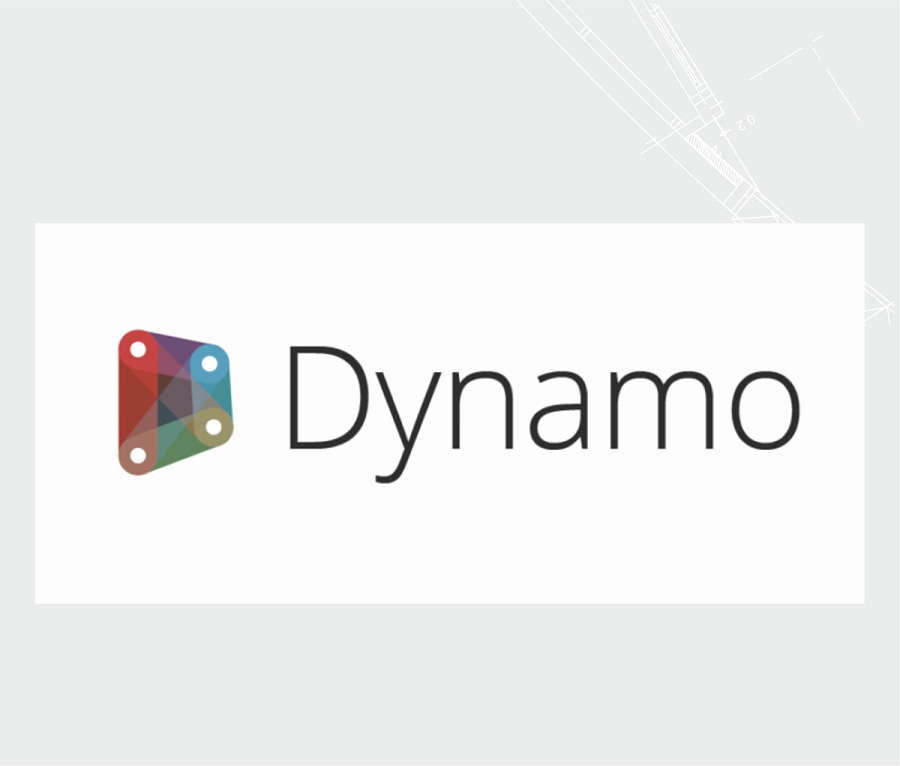Scrum vs. Waterfall: What's the Best Fit for Your Project?
Waterfall
Let's start with the basics of Waterfall: it's a project management methodology that plans out the entire project from start to finish. This process includes mandatory documentation and a fixed set of requirements (ToR). If the requirements change, the ToR must be rewritten, and the process restarts. Any deviations from the plan are discouraged as they disrupt the entire system. Progression to the next phase only occurs after completing the current one, and there is no going back to make changes. Waterfall does not have iterations; it follows a linear process for product creation. Flexibility is minimal, with work proceeding based on the agreed ToR. Once the ToR is signed, the customer steps back and awaits the final product as specified.The Waterfall methodology is a sequential and linear process, often visualized using a Gantt chart - a type of bar chart that outlines the start and end dates for each task. It's crucial to remember that the team can't return to a previous step without restarting the entire process. This approach is effective when the project goals are clear from the beginning, and the method to achieve them is straightforward, requiring only time and budget. Waterfall is ideal for simple, predictable, and stable projects.
Due to its structured nature, Waterfall is ideal for industries with strict targets and deadlines, like manufacturing and construction, where timely completion of dependent milestones is crucial. Changes to plans can be expensive and sometimes impossible. Thus, Waterfall ensures consistency and stability throughout the project phases.
Therefore, Waterfall is Suitable for:
- Projects with clearly defined requirements, tight deadlines, and predictable development progress;
- Projects where changes in requirements are unlikely or undesirable.
However, there are risks associated with this method:
Lack of Flexibility: Once the project starts, changing requirements is challenging. Changes are possible but can be complex and costly, impacting subsequent sections, planning, project structure, and the team. For instance, if the customer requests a critical change, you might need to increase the project scope, leading to extended deadlines and higher budgets. This can trigger bureaucratic issues and disagreements between the customer and contractor.
Full-Scale Delivery: The customer receives the finished product only after the entire project is completed. While this can sometimes be an advantage, it is often a drawback. In a rapidly changing world, market needs can evolve during the development period, leading to a finished product that no longer meets current demands, despite the investment.
Risk of Late-Stage Errors: Mistakes might not be discovered until later stages, making them harder to fix.
Gathering Requirements: Early stages of a Waterfall project involve gathering requirements from customers and stakeholders. Accurately determining these requirements at the beginning can be difficult. But the project cannot start until these requirements are clearly defined and documented, which can be a challenging and time-consuming process.
Scrum
Scrum involves working in small iterations to quickly create a new version of the product. After each iteration, the product is shown to the customer to gather feedback, which informs the next steps. Unlike the linear Waterfall method, Scrum is iterative, allowing for changes, testing, and insights at each step. Requirements can evolve, testing occurs regularly, and the customer actively participates throughout the process. Frequent releases let the customer see progress and adjust the project and product vision as needed. The project backlog is continually maintained, unlike the fixed ToR in Waterfall.
When using Scrum, it's crucial to have an active specialist from the customer's side. This person should constantly communicate requirements, refine the product, provide data, analyze progress, and be involved in product reviews. If the customer cannot fully participate, they should appoint a dedicated specialist to regularly interact with the project team.
Scrum is ideal for projects with high uncertainty, where requirements and priorities may change frequently. It allows teams to adapt quickly to new information and evolving customer needs.
This type of project management offers greater responsiveness to customer requests, lower development costs (by testing features in small chunks, constant feedback is provided, and bugs can be fixed early before they become too costly to fix), higher job satisfaction, and faster deliverables. Scrum is not a linear process but rather a flexible approach that accommodates many moving parts, teams, and goals as it progresses.
Scrum is best suited for:
-
Projects with a high level of uncertainty and changing requirements;
-
Projects that need to quickly adapt to market conditions and user feedback.
However, there are risks associated with Scrum:
Increased workload: Without a specific end date, Scrum projects might face scope creep as stakeholders may continue to request additional features.
Team demands: Scrum requires a highly experienced and committed team, as projects are at risk of expanding beyond the initial scope as previously discussed.
Undefined tasks: Poorly defined tasks can result in inaccurate timelines and increased budgets.
Budget uncertainty (for the customer): With constant changes in requirements and lack of detailed planning, projects can exceed expected costs.

